G’day, crew! Fancy a fish in Queensland? She’s a beautiful spot with coastlines and fishing holes that’ll have you hooked. This place teems with top-notch Queensland Fish Species – from the mighty Barramundi to the crafty Coral Trout. Knowing your targets and their haunts is key to snagging the big ones.
And here’s a tip – to really tackle these waters, you need gear that’s up to scratch. That’s where our ReelBoss fishing lines come into play. They’re built Aussie-tough for the big fights and keen enough to feel the slightest nibble. Have a squiz at ReelBoss and gear up for a fair dinkum fishing adventure.
Whether you’re a seasoned angler or just starting, the right knowledge and gear can turn a good day out on the water into a cracker of a trip. Let’s get stuck into the Queensland Fish Species and make your next outing unforgettable.
Barramundi
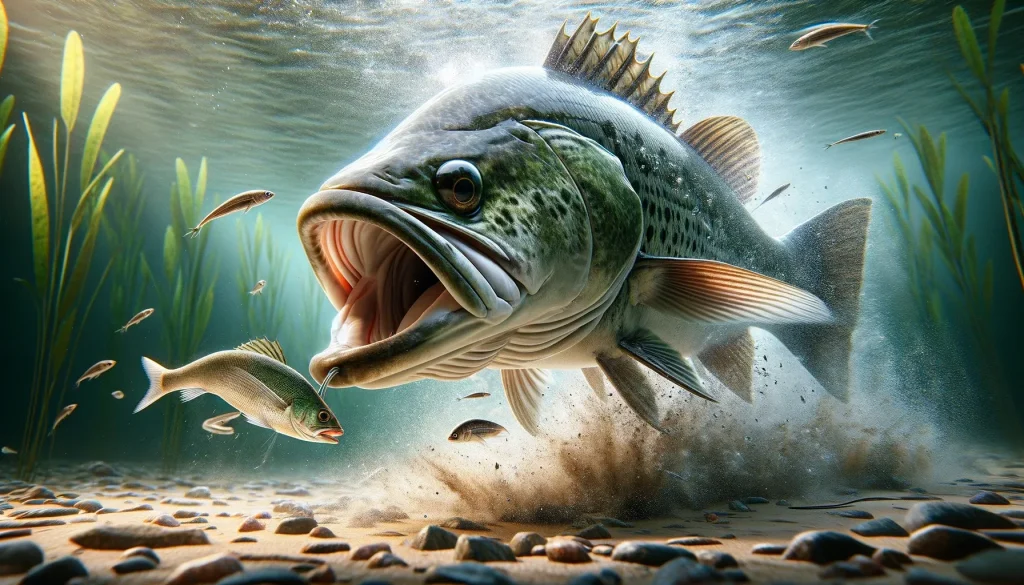
Righto, let’s yarn about the Barramundi, the iconic Queensland fighter that’s a real legend around these parts. Barras are the crown jewels of fishing in Queensland, not just for their size and fight but for the pure joy of reeling one in. They hang about in a mix of habitats, from rivers and estuaries to coastal waters, making them a versatile catch. But, if you’re dreaming of landing a big one, timing and technique are everything.
Best Techniques for Catching Barramundi
Fishing for bream might get you ready for the patience game, but chasing Barramundi, especially in deeper water and around high tide, is where the real action is. These beauties love lurking around snags and drop-offs, waiting to pounce on unsuspecting prey. So, casting your line in these spots during high tide can up your chances big time.
Now, for the hot tip: Barramundi are more active when the water heats up, making the warmer months the prime time to target them. Whether you’re flicking lures or live baiting, make sure your gear can handle the fight. And don’t forget, a good-quality line from ReelBoss could be the difference between a tale of ‘the one that got away’ and the catch of a lifetime.
So, there you have it, mates. With the right approach and gear, fishing for Barramundi in Queensland isn’t just fishing; it’s an adventure. Grab your gear, head to the water, and who knows? The next big catch could be yours.
Coral Trout
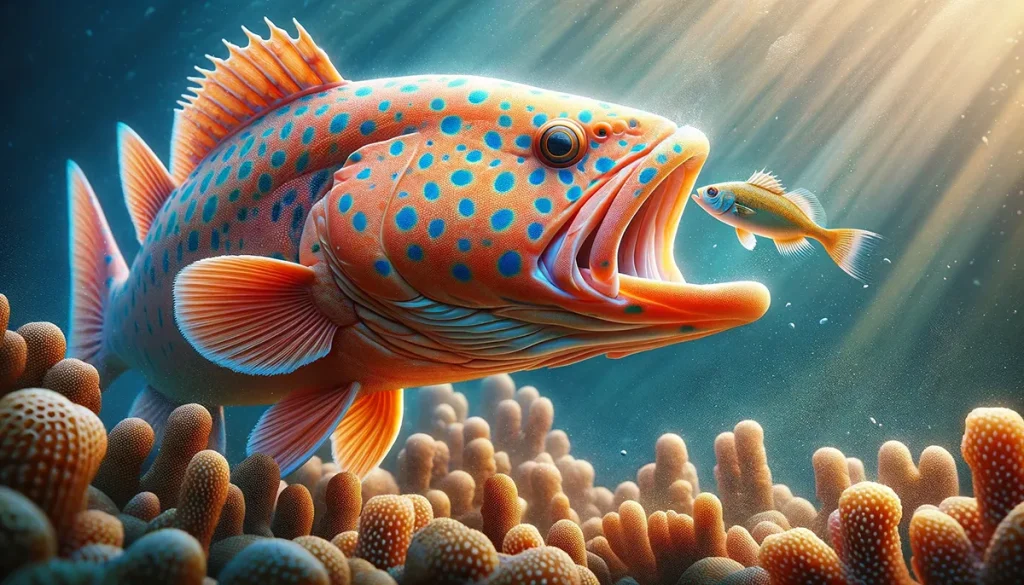
Strap in, folks, for a yarn about the Coral Trout, a real gem of the Great Barrier Reef. These beauties are the supermodels of the sea, flashing vibrant hues that make them a catch to brag about. They love the reef life, hiding out in the crannies and overhangs, which makes them a bit of a challenge to hook but oh-so-rewarding.
Best Techniques for Catching Coral Trout
Coral Trout are all about the reef, so aim your efforts at coral outcrops and ledges during high tide. They can’t resist live bait or a well-placed, bright lure that mimics their usual snacks. Light to medium tackle is your go-to, with a stealthy approach to avoid spooking them in the clear waters.
For the prime spots, hit the outer reefs off Cairns or the magical waters around the Whitsunday Islands. These areas are teeming with Coral Trout just waiting for a fight. And, don’t forget, having the right gear is half the battle. A sturdy line from ReelBoss will ensure that when you do land that prized trout, it’s not the one that got away.
Ready for an adventure? Gear up, get out there, and you might just land yourself a Coral Trout, the reef’s most colorful prize. It’s not just fishing; it’s an experience to remember.
Mangrove Jack
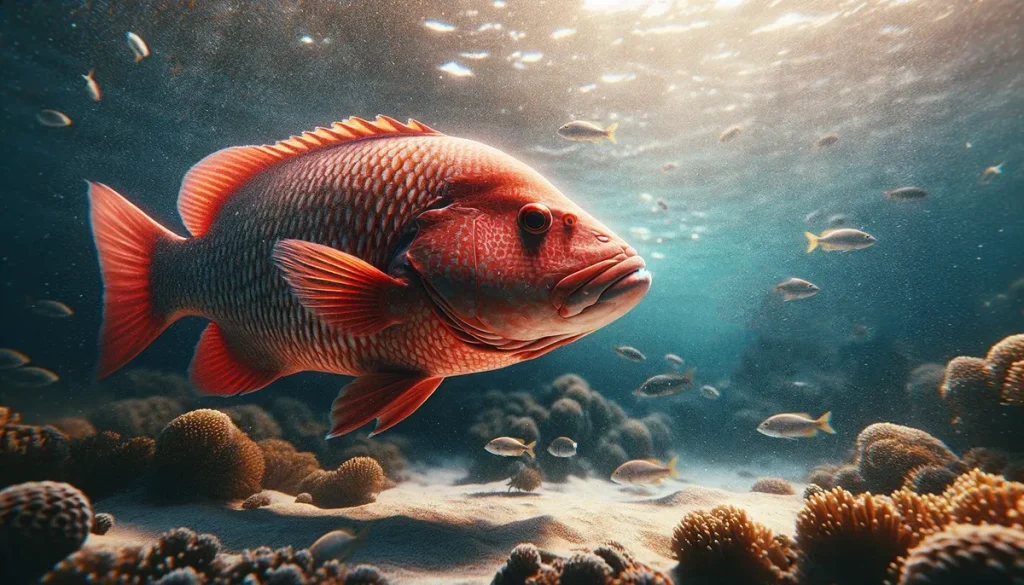
Dive into the world of the Mangrove Jack, mates, a true battler of the estuaries that’s got more fight in it than a footy final. These are the tough guys of the waterways, with an attitude to match their striking red scales. Living amongst the mangroves and rocky outcrops, they’re waiting to ambush any prey (or lure) that dares to swim by.
Best Techniques for Catching Mangrove Jack
Catching a Mangrove Jack is all about strategy. You’ve got to be as cunning as they are, targeting the snags, rock bars, and mangrove roots where they like to lurk. Early morning or late afternoon are prime times when these predators are most on the hunt. Using live bait like mullet or herring is a top choice, but if you’re into lure fishing, diving lures and soft plastics that mimic their natural prey can do wonders.
Queensland’s estuaries, particularly those in the Northern regions like the Daintree and Hinchinbrook Channel, are hot spots for these fiery fish. Stealth and patience are key; these fellas are smart and won’t be fooled easily.
Make sure your gear is up to the challenge. A sturdy line from ReelBoss will ensure that when you hook a Mangrove Jack, you’ll be ready for the fight. So, gear up, get out there, and take on the challenge. Catching a Mangrove Jack isn’t just fishing; it’s a thrilling battle of wits and strength.
Australian Bass
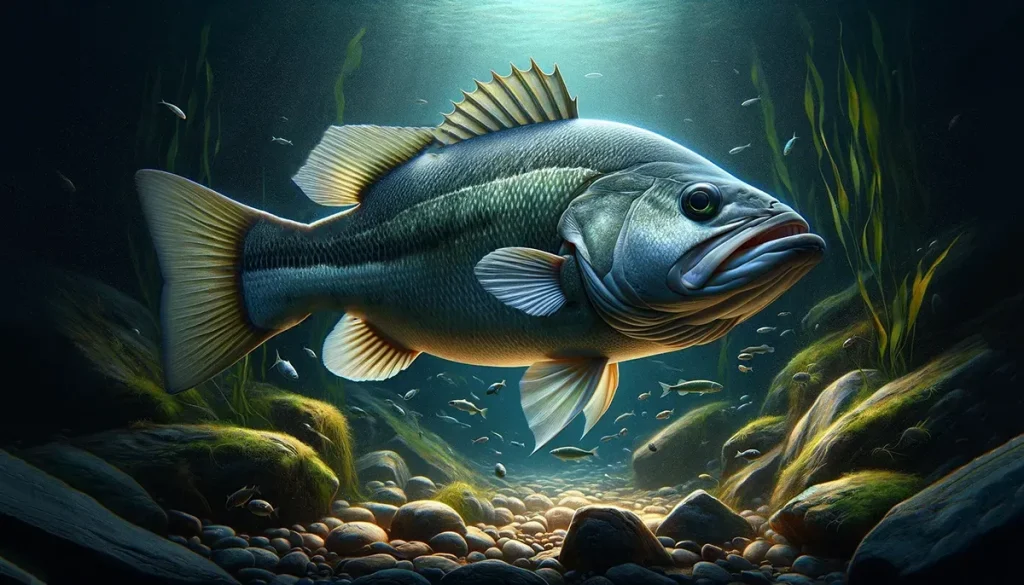
Meet the Australian Bass, the jewel of Queensland’s freshwater habitats. This spirited fish is renowned for its fighting prowess, making it a sought-after catch for anglers chasing a bit of thrill. Thriving in the cool, flowing waters of Queensland’s rivers and streams, the Australian Bass has a reputation for its challenging catch due to its energetic fight and acrobatic leaps.
Best Techniques for Catching Australian Bass
Catching Australian Bass is an art that combines skill, patience, and the right techniques. These fish are clever, often hiding near submerged structures like fallen trees or rock bars, ready to strike at unsuspecting prey. To lure them out, aim for early mornings or late evenings when they’re most active. Using surface lures can create irresistible targets on calm days, while soft plastics and spinnerbaits are perfect for exploring around snags and in deeper waters.
Queensland’s rivers, including the serene stretches of the Mary and Burnett, are prime spots for Australian Bass. These locations offer the ideal environment for Bass, providing plenty of cover and food sources.
Equipping yourself with a responsive rod and versatile lures will prepare you for the challenge of landing these energetic fish. Remember, the thrill of Bass fishing lies not only in the catch but in the chase itself. Exploring Queensland’s freshwater rivers in pursuit of the Australian Bass offers an unforgettable angling adventure that celebrates the natural beauty and sporting spirit of the region.
Spanish Mackerel
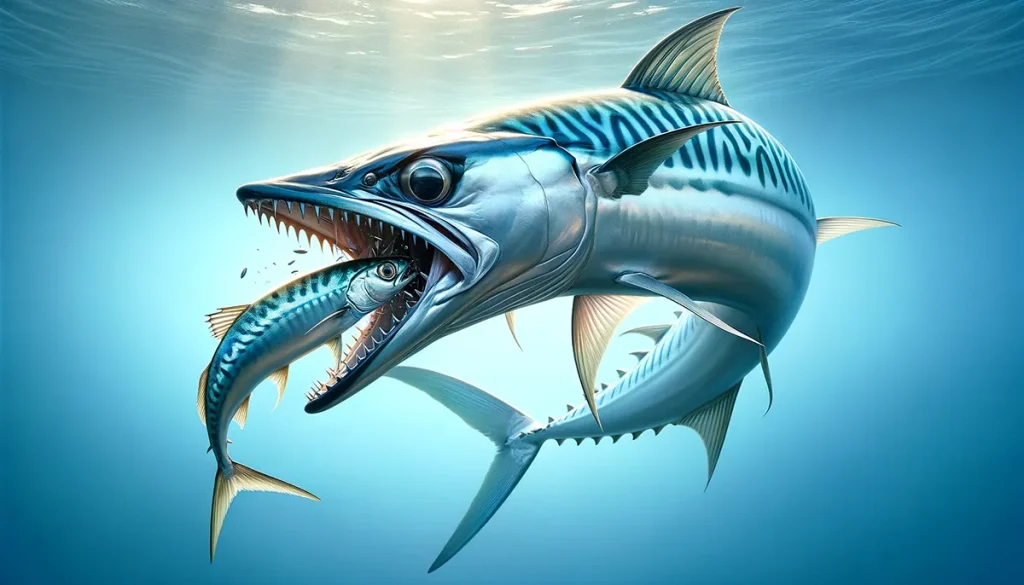
Embark on a high-speed chase with the Spanish Mackerel, Queensland’s speedy predator of the sea. This sleek and powerful fish is a prized catch for anglers, known for its blistering runs and razor-sharp teeth. Spanish Mackerel are a significant target in Queensland waters, not just for the thrill of the catch but also for their delectable taste, making them a favorite among sport and recreational fishers alike.
Best Techniques for Catching Spanish Mackerel
Mastering the art of catching Spanish Mackerel involves understanding their predatory nature. These fish are often on the move, hunting schools of baitfish, so trolling with lures or rigged bait is a highly effective technique. Look for areas where baitfish are abundant, as Spanish Mackerel are likely to be nearby, patrolling the edges for their next meal. Fast-moving, shiny lures that mimic the appearance and movement of small fish can trigger aggressive strikes from these predators.
For the best fishing spots, aim for Queensland’s coastal waters, particularly around the Great Barrier Reef, the Whitsundays, and the waters off Cairns and Townsville. These regions are hotspots for Spanish Mackerel, especially during the cooler months when they come closer to shore.
Equipped with a bit of local knowledge and the right fishing tactics, pursuing Spanish Mackerel can be an exhilarating experience. Their speed and agility make them a formidable opponent, offering an angling adventure that’s both challenging and rewarding.
Conservation and Sustainable Fishing Practices in Queensland
After the thrill of the chase and the joy of the catch, it’s time to have a yarn about something close to our hearts: conservation and sustainable fishing practices. Here in Queensland, we’re not just about landing the big ones; we’re about ensuring our waterways and fish populations thrive for generations to come. Respecting size and bag limits isn’t just the go; it’s our responsibility to the stunning aquatic life calling these waters home.
Catch and release play a massive part in this. It’s about more than just telling tales of the one that got away—it’s a practice that helps maintain healthy fish stocks, ensuring the survival of species like the feisty Barramundi or the sleek Spanish Mackerel. So, let’s all do our bit, eh? By following these simple practices, we’re not just fishing; we’re contributing to the preservation of Queensland’s incredible marine environment. Let’s keep our waters teeming with life, for our kids and their kids after them.
Conclusion
Well, there you have it, mates—the lowdown on Queensland’s top 5 fish species that every angler dreams of catching. From the hard-fighting Barramundi to the speedy Spanish Mackerel, each one offers a unique challenge and an unforgettable experience. But it’s not just about the thrill of the catch; it’s about embracing the adventure that comes with exploring Queensland’s diverse waterways.
As we cast our lines and reel in those beauties, let’s not forget the bigger picture—sustainability. It’s up to us to keep these waters as lively and teeming as they are now for the future ankle-biters. So, respect the rules, practice catch and release when you can, and always, always look after the stunning environment we’re lucky enough to call our fishing playground.
So, what are you waiting for? Gear up, get out there, and immerse yourself in the world of Queensland fishing. There’s a whole ocean of adventures waiting for you.
